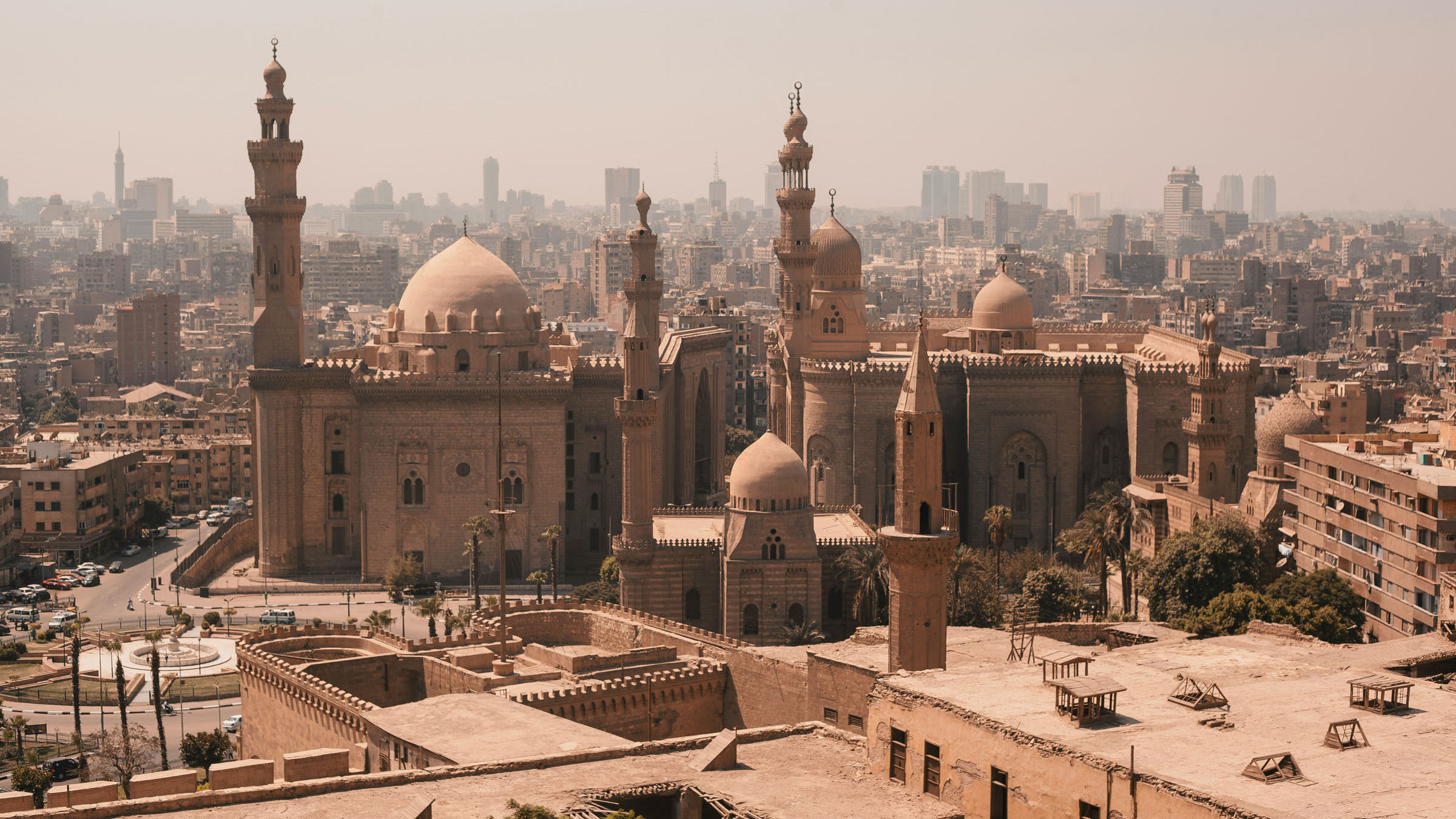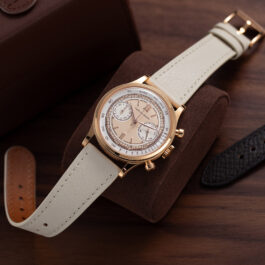Among cities, Cairo is almost peerless – and has been, for at least the past 5,000 years of recorded history. With the possible exception of Athens, no other city on Earth sees the ancient past and the living present coexist as viscerally as they do in the Egyptian capital.
The step pyramid at Saqqara, a 40-minute drive from Downtown, counts as the oldest completed stone building known to man. And to its north, almost literally in the shadow of the Giza pyramids, a series of laboratories has sprung up. Here, teams of Egyptologists and other scientific specialists have, for the last few years, been restoring sarcophagi utilising state-of-the-art solvents and injection techniques, some of which were developed or refined on site. Two superlative examples of cutting-edge tech and human innovation – albeit separated by millennia.
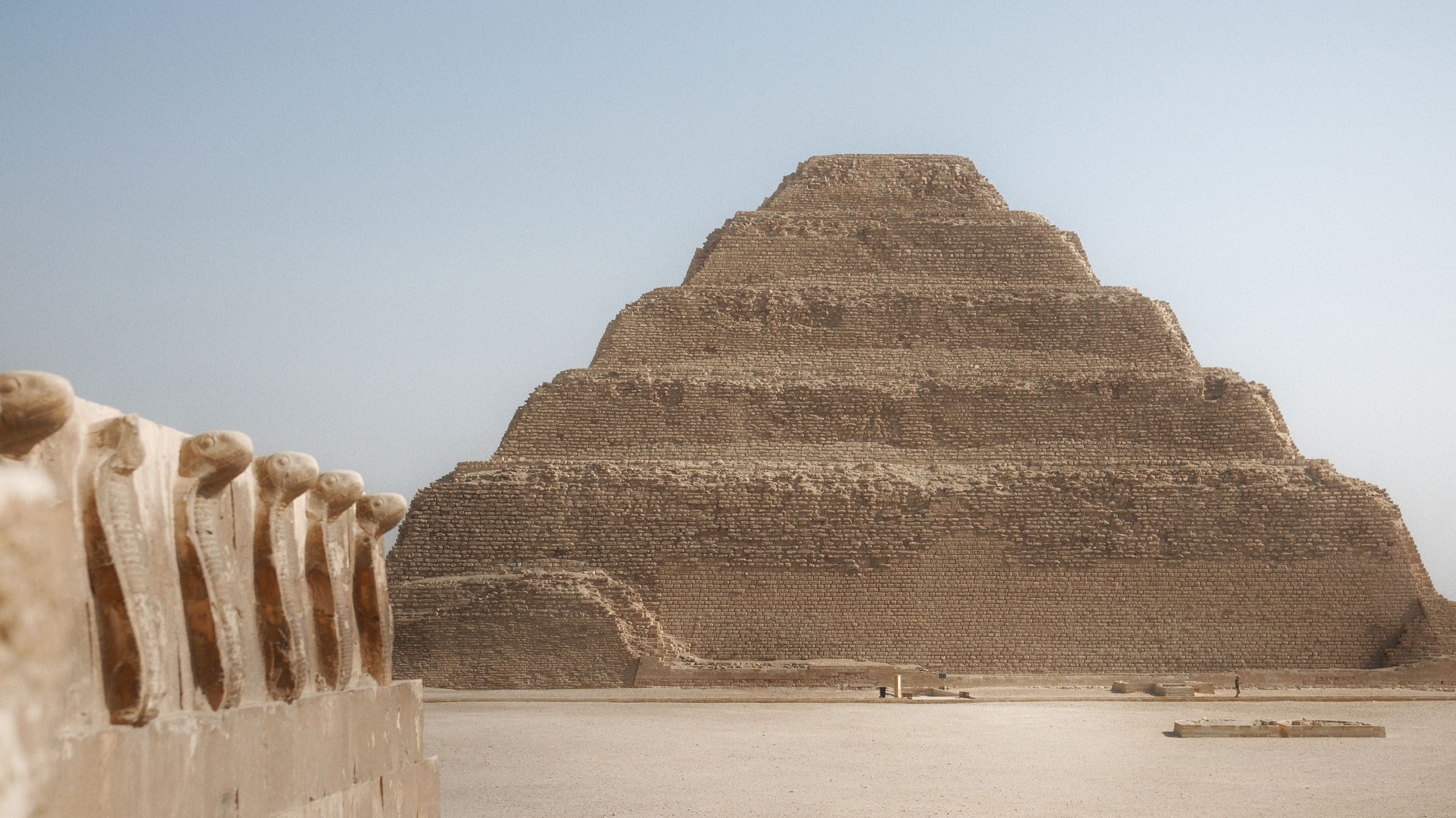

The ancient caskets are destined for the Grand Egyptian Museum (GEM), a sprawling, futuristic monolith of an institution two kilometres away. Its central atrium houses a monumental 3,000-year-old statue of Ramesses II, relocated here from Tahrir Square; and the museum’s some 40,000 square metres of exhibition spaces brilliantly recount several millennia of pharaonic history along intersecting thematic lines of politics, royalty and daily life.
Cairo’s new pride and joy – the largest archaeological museum in the world, which took more than 15 years and one billion dollars to bring into existence – has been revealing more and more of its secrets in the past few years, its 12 main galleries having been opened to the public in late 2024. It’s slated to open officially – really, truly, finally – this autumn after a tragicomic number of missed dates. So it’s a good thing it more than lives up to the hype.
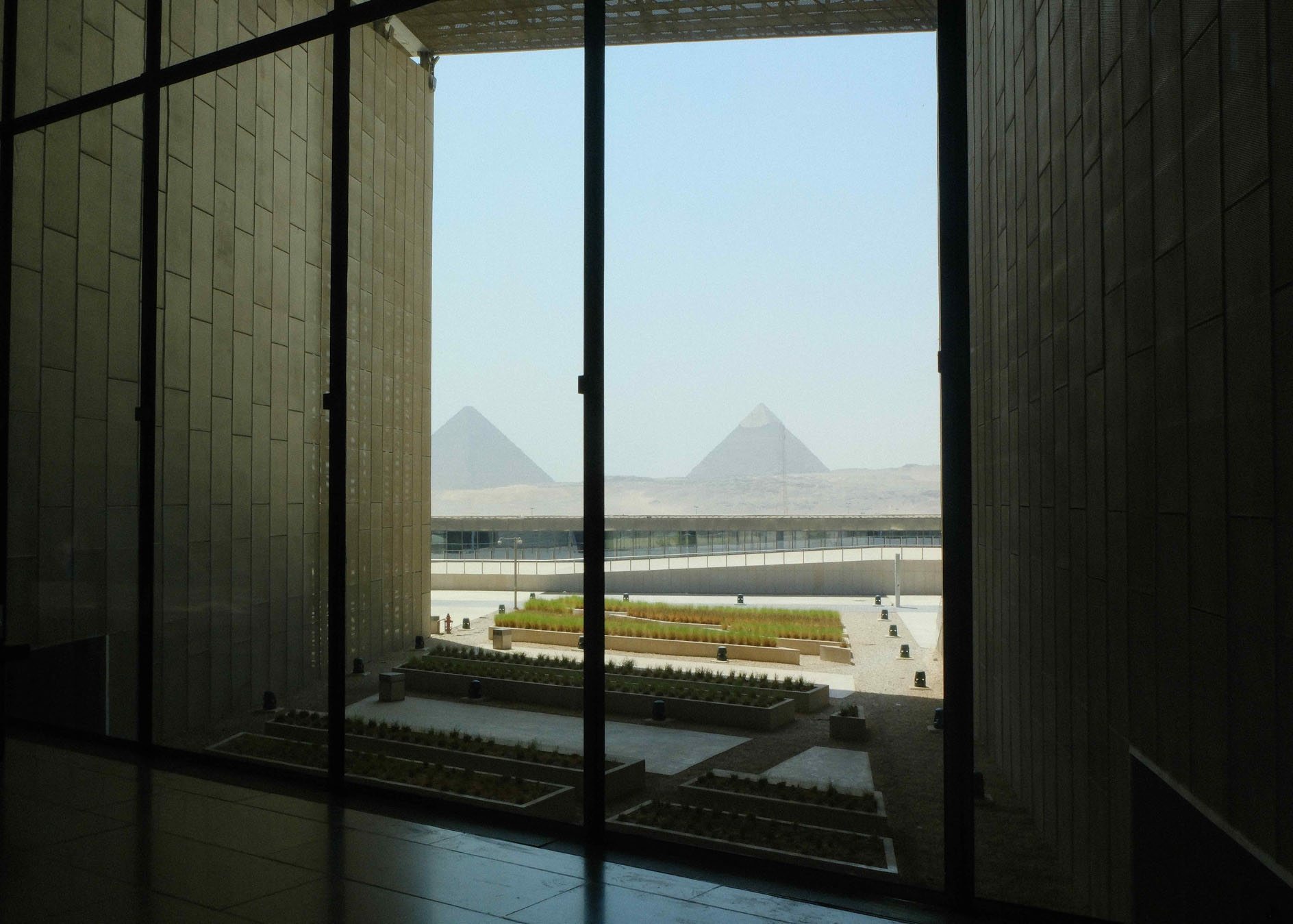
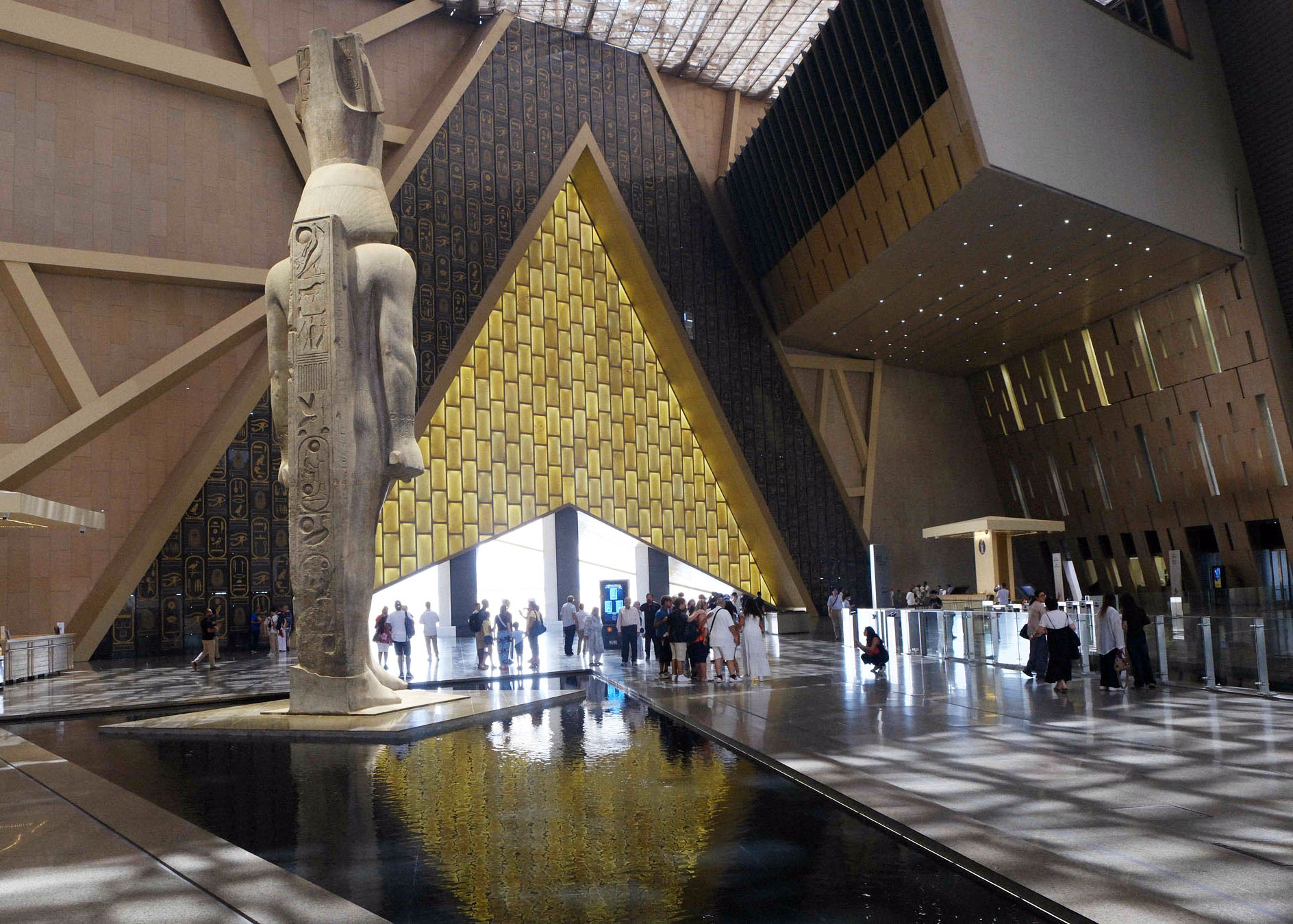
But it takes more than a museum to put a city on the jet-set radar – which, these days, Cairo most certainly is. Artists and creators, writers, designers, hoteliers and chefs: there’s something that’s luring a great many talents to the bustling metropolis, and they’re spreading the word.
“Cairo is slowly becoming part of the international art calendar,” says Zein Khalifa, a curator and co-owner of Tintera, Egypt’s preeminent photography gallery. Located on a shady street in Zamalek, it’s one of a small but thriving ecosystem of contemporary art and design galleries, many of them on this man-made island in the centre of the Nile. “We’re getting some larger art fairs, and the GEM and pyramids have played major roles in hosting big fashion shows or staging musical events,” says Khalifa. This includes Art D’Egypte and Art Cairo – now in their ninth and sixth years, respectively – and the wildly Instagrammed Dior menswear presentation at Giza, next to the Sphinx, in autumn 2022.
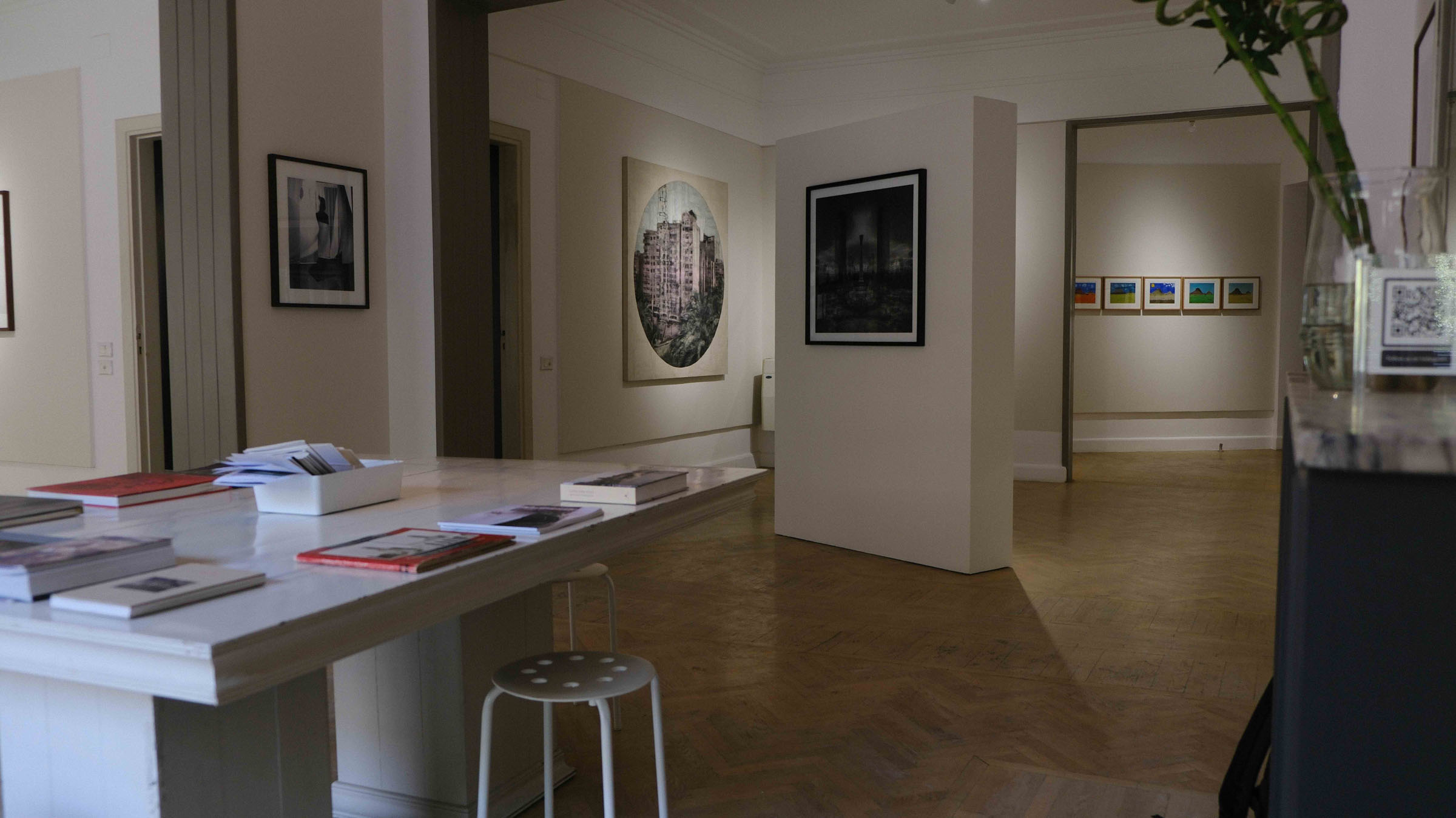
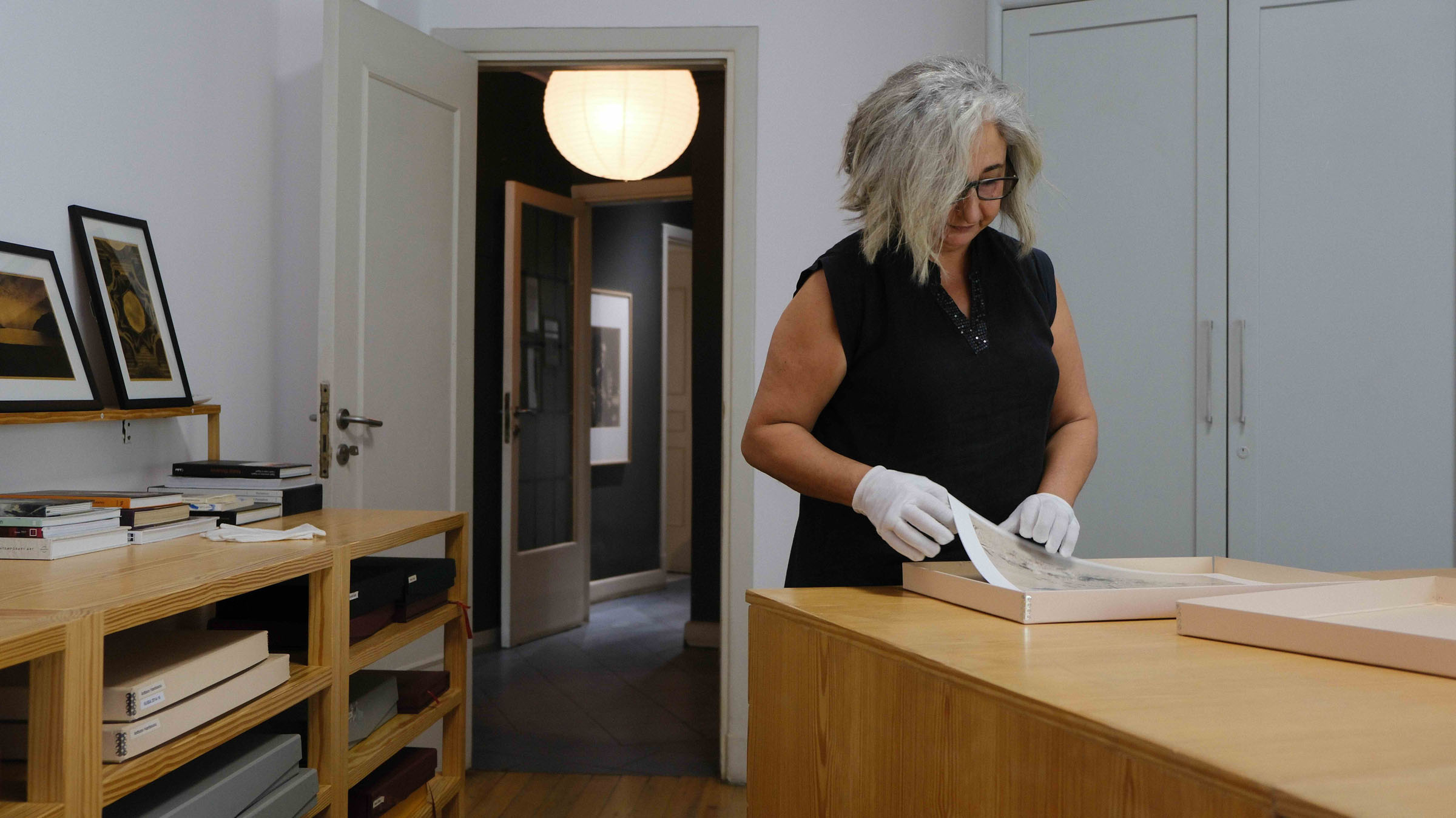
“In the past, [Egyptian] creatives all wanted to move abroad,” Khalifa continues; she spoke to me in mid-July from LUMA Arles in France, where Cairo, she says, was the subject of much enthusiastic exchange. “They went to cities like Athens or Berlin. But now, with the political climate what it is in Europe, they feel safer back in Cairo. It’s also much more affordable; one can rent a studio and generally live on much less than it costs abroad; and we’ve actually seen several American and European artists make Cairo their base for just that reason.”
If the ancient/contemporary confrontation is Cairo’s most conspicuous juxtaposition, it’s the more dynamic grit/grandeur interplay that appeals to this new tribe of travellers and expats. With nearly 23m inhabitants stretching across almost 3,100 square kilometres, it really is the New York of the Middle East – except with minarets and muezzins, 1,700-year-old Byzantine churches, Ottoman merchant palaces, a bamboozling 5,000sq m market, Khan El Khalili, and a vast, breathtaking necropolis at the foot of the Mokattam hills, known as the City of the Dead (in which, counterintuitively, hundreds of thousands of people live, some in and among the tombs as caretakers).
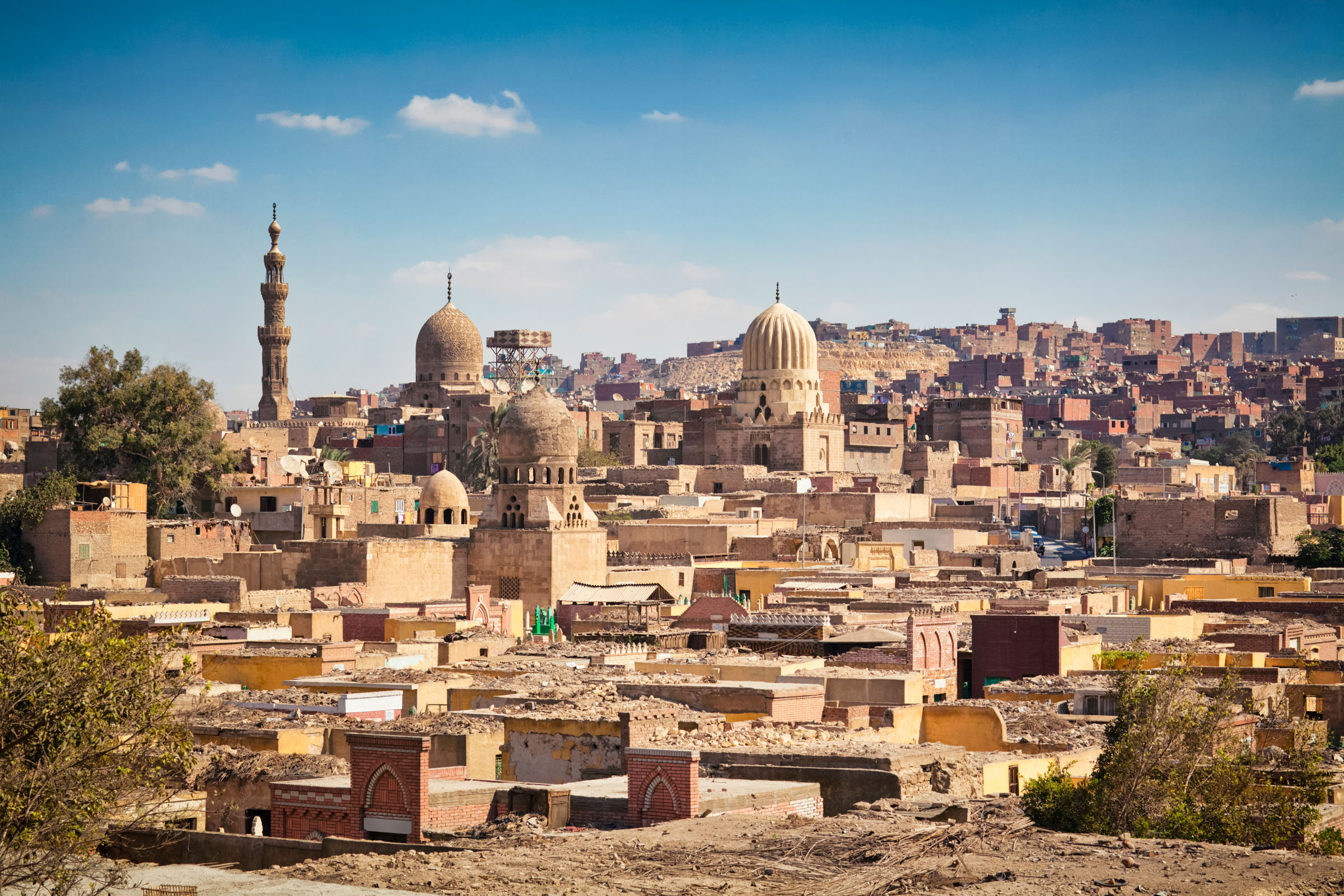
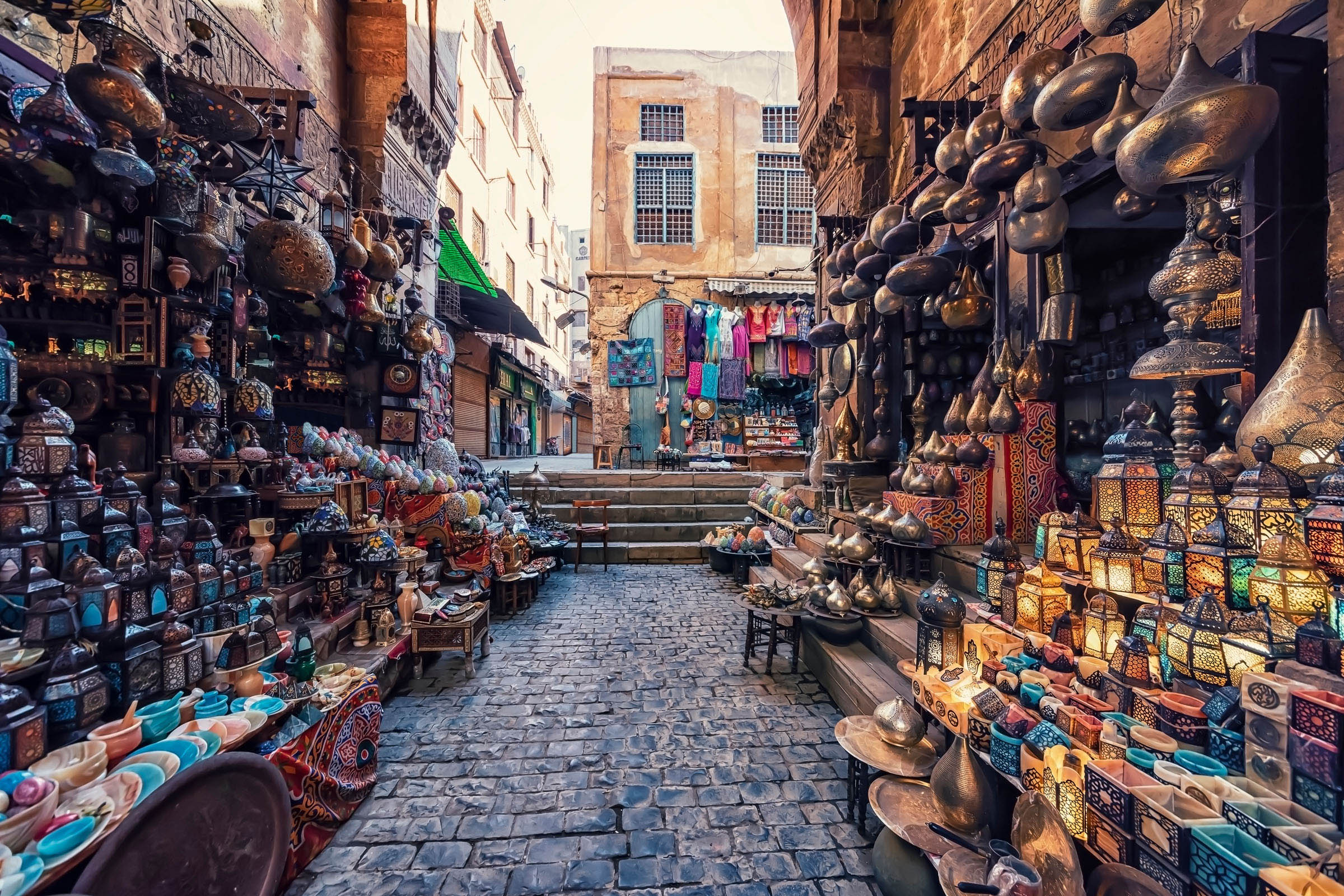
“There’s a raw humanity here, an inner richness among people who, despite living with hardship or instability, carry themselves with such lightness and grace,” says the French artist Louis Barthélemy, who decamped to Egypt during Covid and has since made Cairo one of his part-time bases, along with Marrakech. The globetrotting photographer Tinko Czetwertynski, who visits Cairo and Luxor several times a year, calls it “one of those last bastions of the lump of cash – those places where life hasn’t completely given in to the network. Things are less ethereal; the buildings are dusty; life seems to beat at another rhythm.”
Walking the streets of Zamalek, poinciana and weeping fig trees casting dappled shade on the cracked sidewalks, the genteel façades and deep balconies evince a prosperity of old from beneath layers of grime. Here and there, a sleek new coffee bar or skincare boutique gleams at street level.


There’s the odd pizzeria too and, of course, the boat restaurants – destination addresses of varying quality and popularity – moored along the riverbanks. But locals know the best lunch on the island is the feteer (a savoury layered pastry) or the falafel at My Corner, inside the Gezira Sporting Club, a vast network of fitness venues, restaurants and bars, and playing fields, to which a modest fee grants you a day pass. Place your order, grab a table in the sun, and stay as long as you like.
A 15-minute walk across the island, tucked back in a shady courtyard, is Madu, the boutique owned by Margarita Andrade, the founder of homeware line Malaika. Andrade’s collections – handblown glass, gorgeous naïf ceramics made in the Faiyum oasis, bags, and the cult-favourite embroidered-cotton linens that grace beds from West LA to Westbourne Grove – helped put the country’s rich craftmaking techniques on tastemakers’ radar. Select products, from charming hand-sewn totes to delicate handkerchiefs, are produced in the workshops of Threads of Hope, the philanthropic initiative Andrade founded in 2018 that trains both local and refugee women from Syria, Palestine, Sudan and beyond in old arts such as weaving and embroidery.

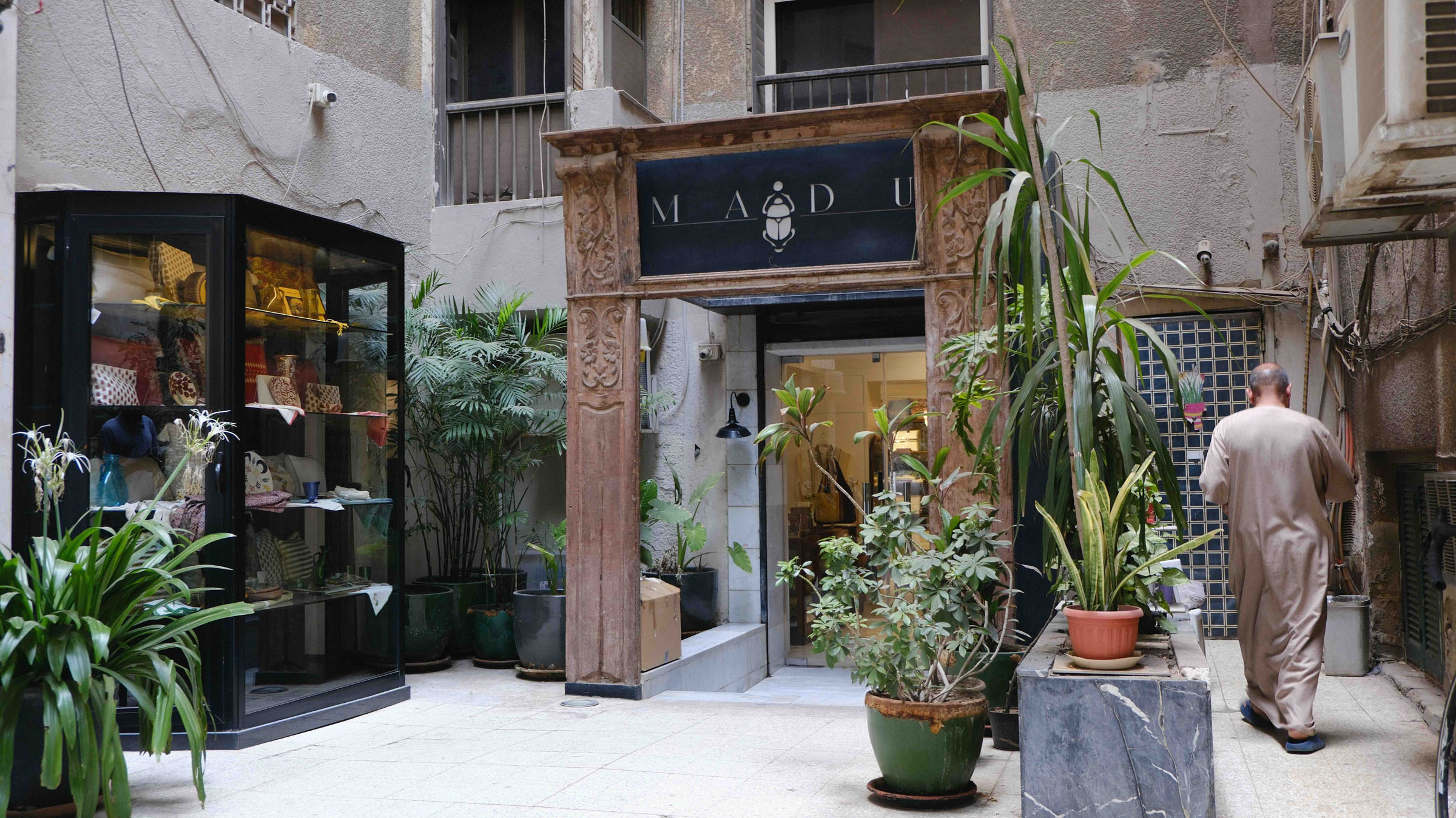
In the years immediately following Nasser’s 1952 coup, Zamalek, along with Heliopolis, saw an influx of the Egyptian haute bourgeoisie – intellectual classes and well-to-do expats who’d previously cultivated their genius loci in Downtown Cairo. Constructed in the late 19th and early 20th centuries, Downtown’s Haussmann-inspired boulevards and European-style façades were the fruit of the vision of Egypt’s and Sudan’s late 19th-century ruler, Khedive Isma’il Pasha, who brought architects and craftsmen from across Western Europe to realise it. Left to decline for decades after the revolution, Downtown was all but abandoned by its former denizens in the wake of the 2011 one, when, for a few years, police abdicated the streets to vendors.
Since just before the pandemic, however, Downtown has been in the midst of a buzz-making renaissance, in large part thanks to the initiatives of Al-Ismaelia, an Egyptian-founded real-estate fund that has been meticulously acquiring and restoring properties across the neighbourhood. Grand buildings’ crumbling façades are being recreated; the patrician spaces they house, once remade, are being put to dynamic use as galleries, workshops, theatres, rental flats and boutique hotels. Lining the small lanes that connect the boulevards, you’ll now find espresso bars and the occasional clothing boutique or bookshop. They contrast pleasingly with the gilded holdovers from Downtown’s golden era – the ice-cream parlour and patisserie Groppi, Stephenson Pharmacy, and restaurants like Estoril and Café Riche (smoking indoors is permitted).
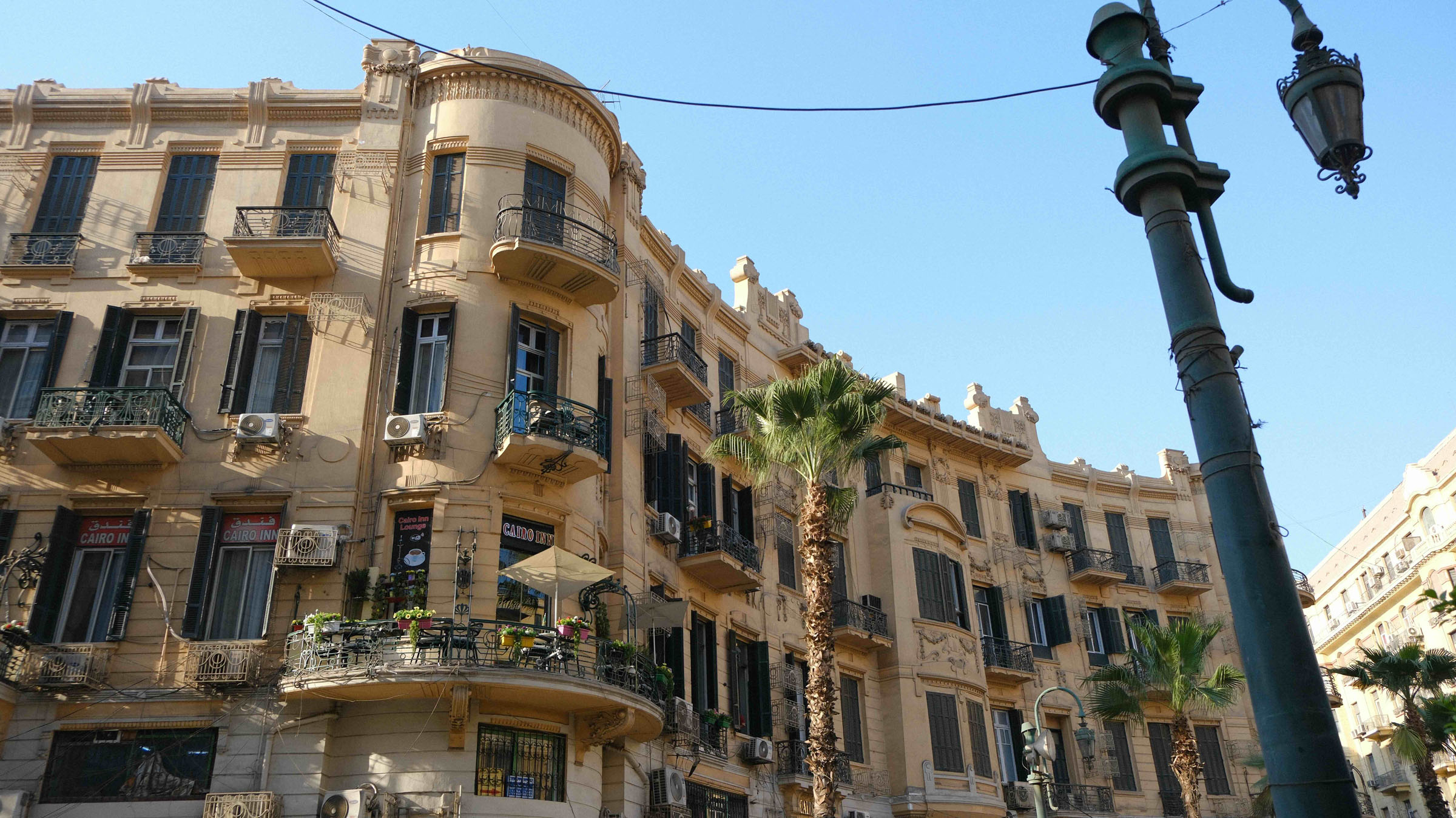
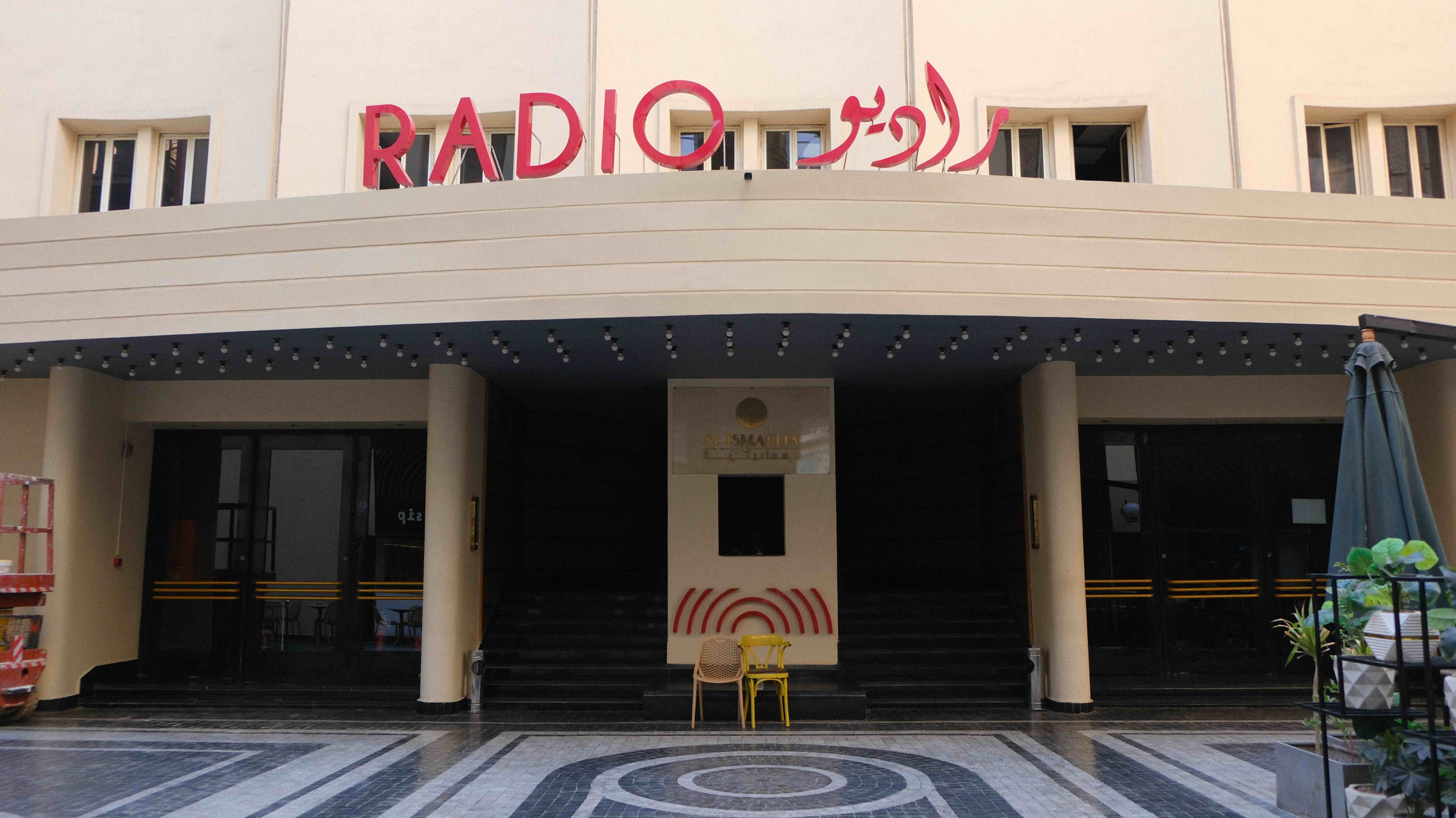
Barthélemy finds the essence of the city he loves – “the poetry of the everyday” – distilled in the streets of Downtown, often referred to by locals as Bab al-Louq, where he stays when he’s here. “Its faded façades, bustling cafes and layered histories embody what I love about Cairo,” he reflects.
Along Hoda Shaarawy Street, antiques dealers sit in dim shops crammed with lamps, cabinetry, pottery and ornate cornices. Interspersed with them are shisha bars and a tiny mosque painted a celestial green-blue. Two blocks to the south, in the circa-1896 Viennoise building, the local cool kids now convene at Mazeej Balad, a five-room hotel with art-filled interiors and a rooftop bar-restaurant that buzzes day and night. Mazeej Balad, which opened last winter, brings Cairo both a sleek-looking boutique hostelry and excellent modern Egyptian food – two areas in which the city, despite all its momentum, remains in lamentably short supply. That its operators – Ahmed Ganzoury and Kareem Nabil, the founders of events company G’nK Group – chose to open Downtown, rather than in Zamalek, is telling.
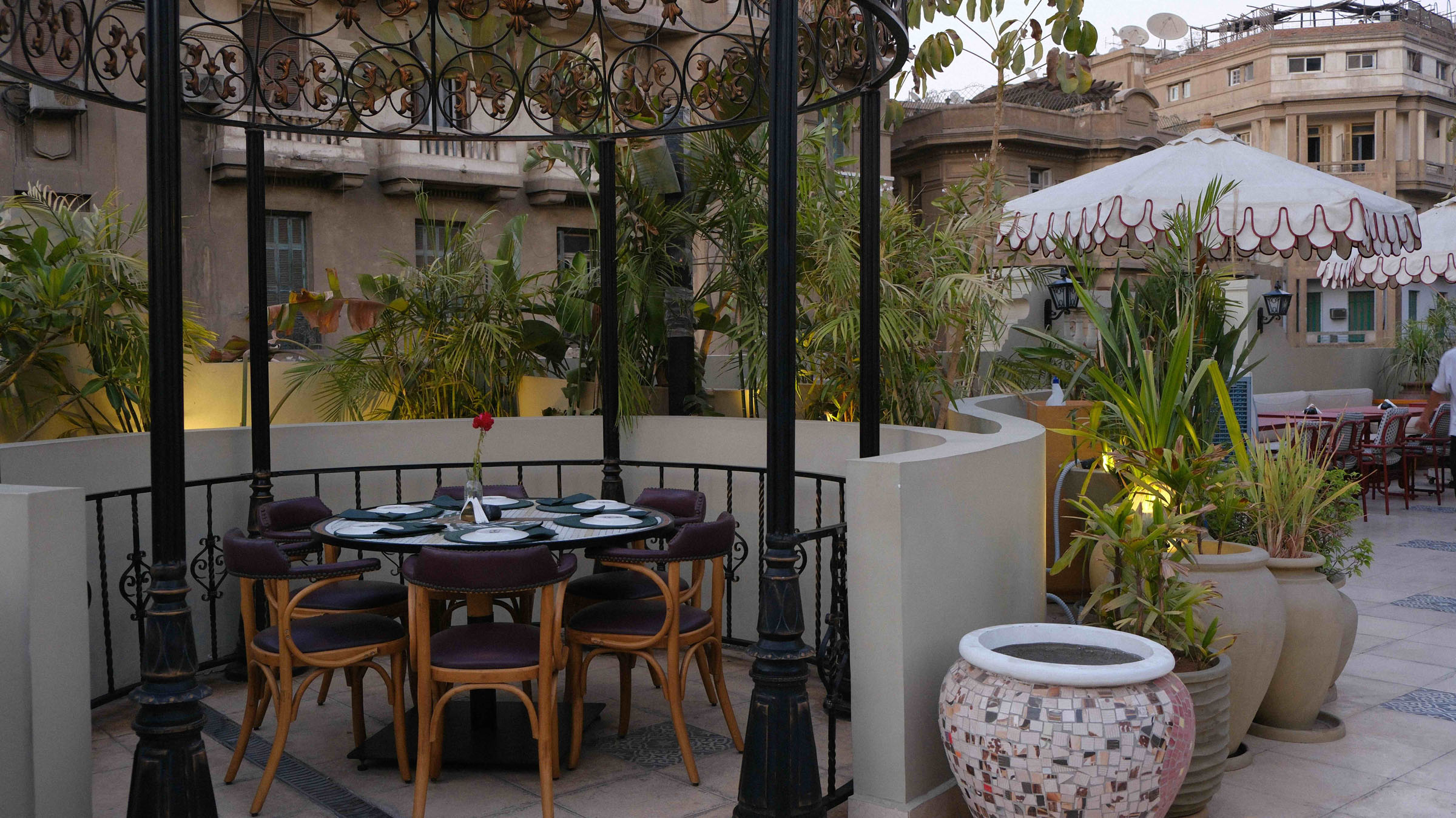
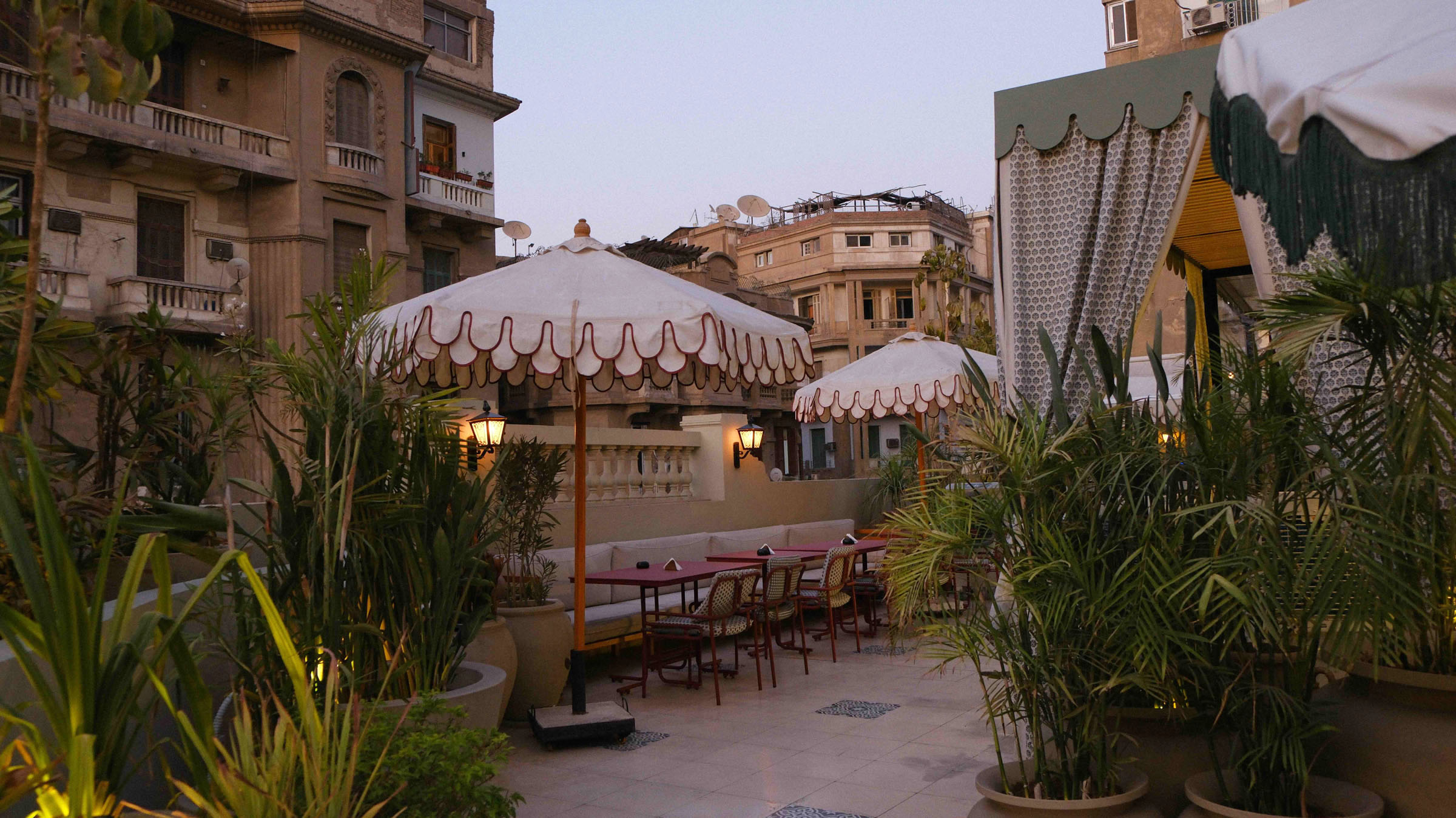
“I’m from Alexandria originally,” says Nabil, “so I didn’t know much about it.” When, back in 2016, Al Ismaelia top brass invited them to stage an event, he and Ganzoury were taken on a walk around the neighbourhood: “We looked around and were like, ‘Guys, this is amazing! All these gorgeous buildings, all these venues.’”
What To See
Tintera
Celebrates and sells photography from Egypt and across the Arab world, from the 19th century to contemporary times.

Ramses Wissa Wassef Art Centre
Anyone interested in traditional Egyptian artisanship will want to check out the late architect Wissa Wassef’s extraordinary weaving and sculpting school complex in Giza, with gardens, workshops and studios, all of it built in traditional domed mud-brick style.
Museum of Islamic Art
Housing more than 100,000 works and relics, it’s the most comprehensive collection in the world, and may provoke Stendhal-syndrome-like reactions in enthusiasts of Islamic aesthetics.
Where To Shop
Madu
Margarita Andrade’s boutiques in Zamalek and Maadi sell the full breadth of her Malaika housewares selection, as well as limited-edition fashion (hand-embroidered tops, kaftans) and a selection of antique textiles and pottery.
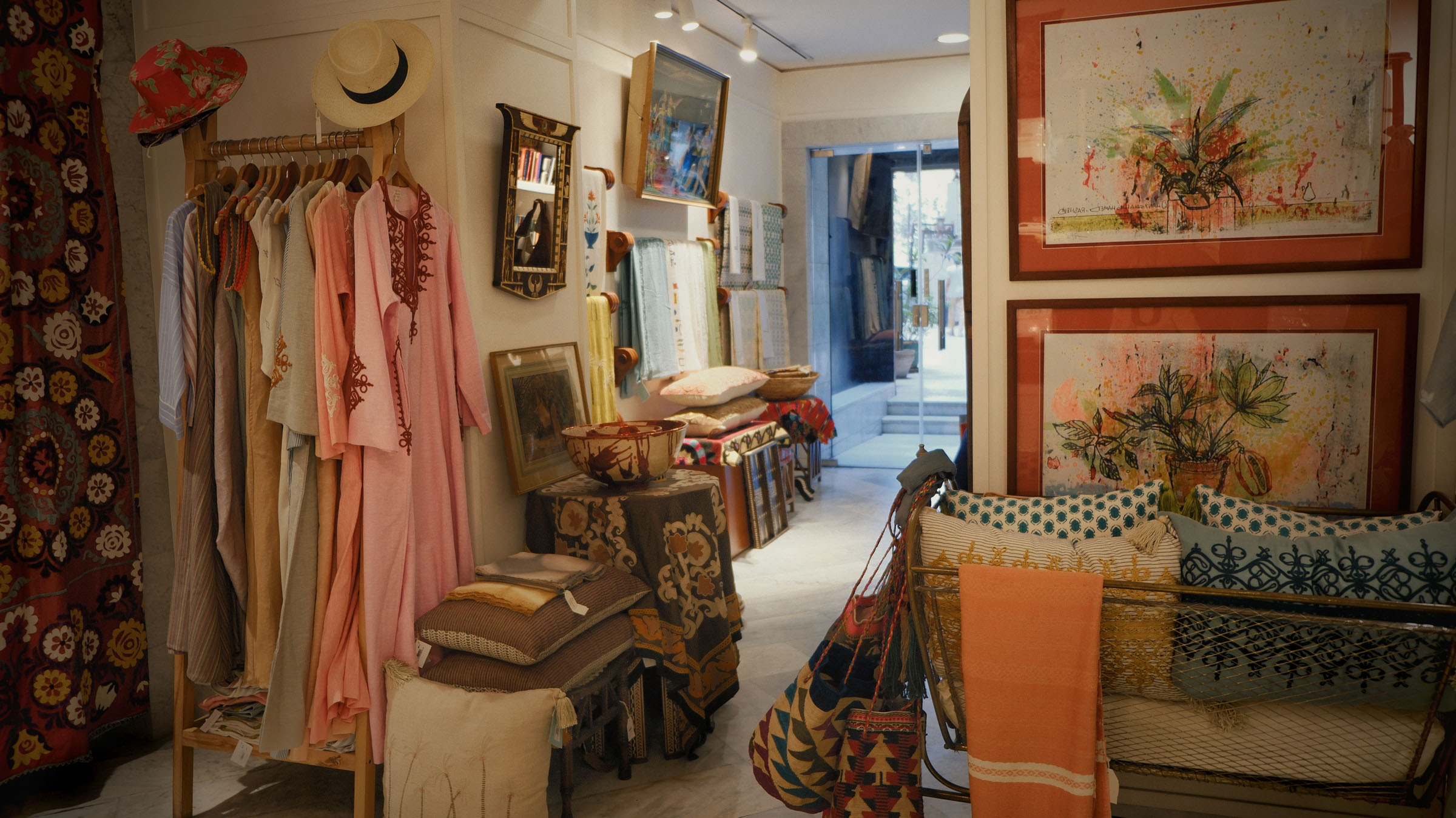
Anut
Malaika cofounder Goya Gallagher branched out last year to launch her own collection of housewares, named for the Egyptian guardian-goddess of the night sky. The shop is a tiny, colour-saturated jewel on Zamalek.
Kahhal Looms
Founded in 1936, Cairo’s champions of traditional looming techniques make stunning contemporary rugs and carpets.
Khan El Khalili
Take a guide and dive in; the khan, as locals call their legendary, sprawling bazaar, was founded almost 650 years ago during the Mamluk period, and there are still finds to be had, from antique silver and inlaid wood furniture to books and glassware.
Where To Dine & Drink
Almería
This new and charming Mediterranean bistro, ensconced on the first floor of Downtown’s Cinema Radio complex, has intimate groupings of wood tables and chairs, a smiling young waitstaff, and a delicious menu of eastern Mediterranean dishes inflected here and there with Greek and Italian influences.
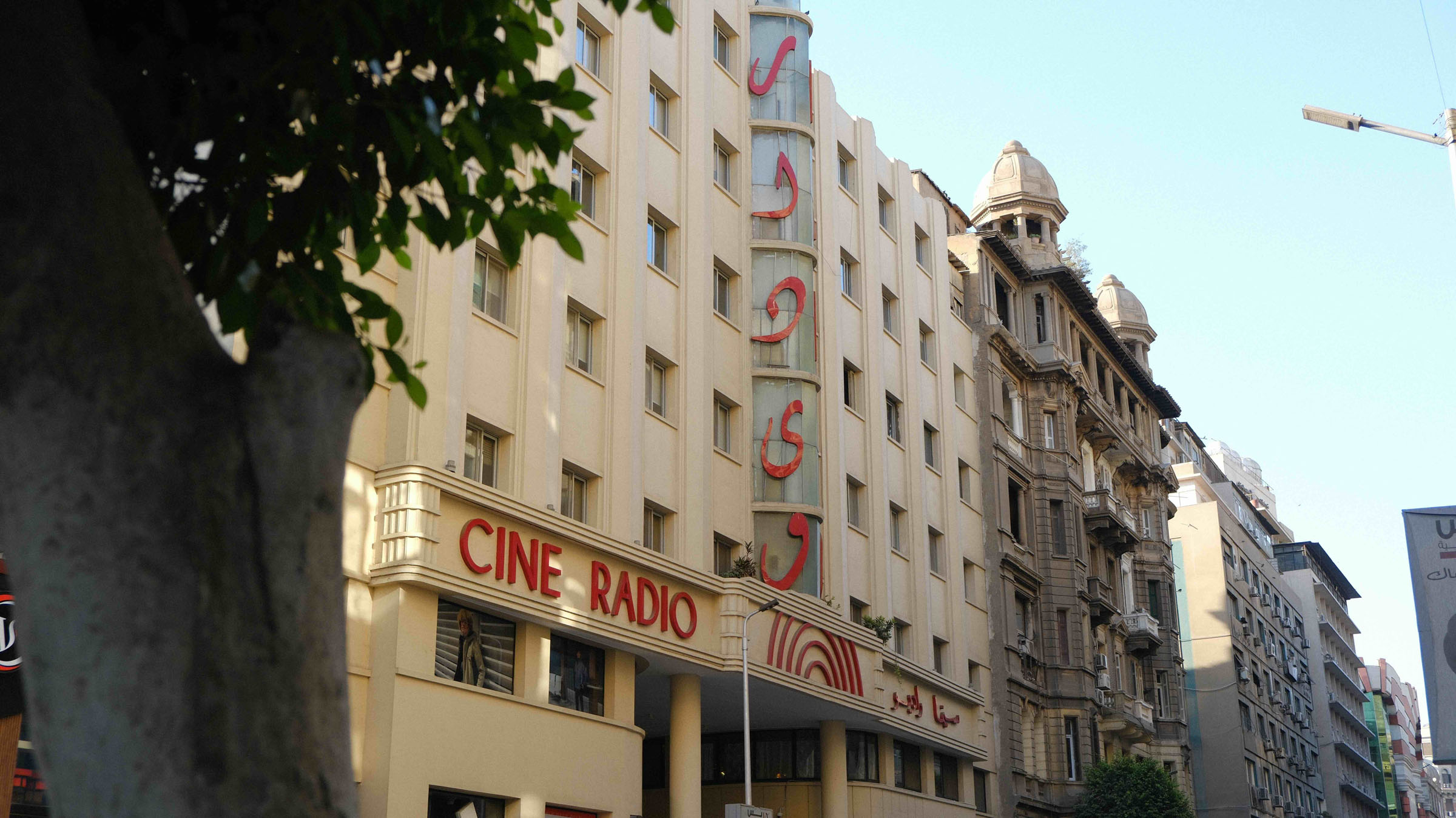
Tchaï Tea House
Located inside Tamara House, a mixed-use gallery and showroom space, Tchaï puts a 21st-century spin on coffee and tea traditions until late afternoon, after which it becomes a bistro serving creative (and truly farm-fresh) reinterpretations of homey Egyptian dishes.
Abou Tarek
It’s nothing fancy to look at, and you might have to queue a bit, but Cairenes know to make a beeline to Downtown’s heaving Qasr El-Nil Street for what is widely regarded as the city’s best venue for koshary – that most Egyptian of comfort foods, made with vermicelli noodles, Egyptian fried rice, vegetables, chickpeas and a zingy, garlicky tomato sauce.

